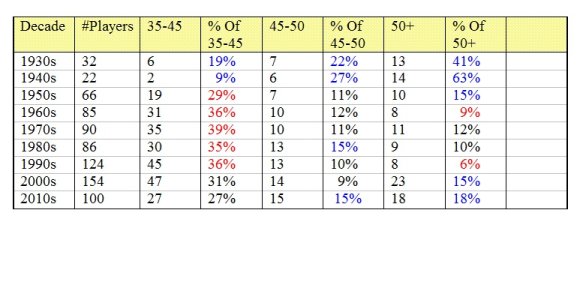“The law has finally caught up with W G Grace after 150 years; it’s such a W G story in many ways,” Lawrence Booth, the editor of Wisden Almanack, says in jest about his decision to amend the statistics of cricket’s first superstar in this year’s Almanack.
Ten matches have been excised from Grace’s much-contested numbers as they have been deemed not to be of first-class nature; his hundreds have come down from 126 to 124, run-tally from 54,596 to 54,211, and wickets from 2,876 to 2,809.
Grace, who played from 1865 to 1908, was a great cricketer, embellished with myths and legends, and is considered to have done more to establish and popularise cricket than anyone in history.
Hailed as a “loveable rascal”, his tales off the field are as legendary as the ones on it: He has kidnapped cricketers of opposition teams, claimed bumped catches, championed gamesmanship, bullied umpires, and was also the first batsman fluent off both the front and back foot, and proficient on the off and on side. He was a qualified doctor who treated a few cricketers’ injuries and ran a medical practice. He called himself an amateur cricketer but earned much more than any professional of his time.
“It does nothing to diminish the great cricketer, instead it culls out unnecessary lies, Wisden is a book of record, romanticism need not be done through lies. It was purely a rational decision,” Booth tells The Indian Express.
“Are we trying to delude the past to cater to the exceptionalism of Victorian England?” Booth asks.
The 150-year-old controversy stems from the creative accountancy carried out to ensure that Grace, the most popular player of his time, was seen to have tallied 2,000 runs in a season for the second time. In 1873, he had scored 1805 runs at an average of 72. It wasn’t enough for the promoters. Extra runs were added from dubious games to carry him past the 2000-run mark.
“Hertfordshire and Staffordshire have never been first-class counties; the MCC XI who took on the touring team to Canada were actually a XV, including so many weak players they felt the need to be bolstered by a professional, Arnold Rylott; and the game at The Oval was a one-innings affair, tagged on to the end of a match that had finished early. To make matters more dubious, W G was the only player in those four games whose runs were recorded as first-class. Not for the first time, it was one rule for W G Grace, another for everyone else,” Booth writes in a piece in the Almanack.
The dubious stats had been severely contested by the much-respected statistical body Association of Cricket Statisticians and Historians (ACS). Wisden even agreed with it and amended the numbers in its 1981 edition. But the next year, its then editor John Woodcock returned to the original figures — siding with the romantic version of the Grace story — saying it was a piece done without his approval.
A couple of years ago, one of Booth’s colleagues at Wisden, a member of the ACS, brought up the issue.
“That set me thinking,” Booth tells this newspaper. “We were supposed to run the changes last year but couldn’t find a place for it, so decided to hold it. ACS is a reputed body which has done tremendous hard work to deem which qualifies as first-class and which doesn’t. It’s fairly ludicrous that W G didn’t have universally accepted figures. We have chosen to side with the rigour of ACS.”
In his reversal, Woodcock had written that his decision was made in order ”to leave the great man’s figures as they have been for as long as anyone cares to remember”. He added: “Then, as now, contemporary opinion was the best criterion.”
Back in 1895, Grace’s 100th hundred was a great cricketing occasion. By all accounts, he was a nervous wreck by the time he got into his 90s; and so were the bowlers.
A scorer would pop out two fingers through the scoreboard, not as a victory sign, but to help everyone know that two runs remained for the hundred. According to the player CL Townsend: “Poor Sam Woods could hardly bowl the ball, and the Doctor was nearly as bad.”
Woods then gifted a full toss on the legs and everyone cheered in relief as Grace drove it for a boundary to bring up the landmark. Later, in a celebratory private dinner for 18 guests, Grace would authorise a plate maker to carve a plate with all his hundreds marked around his portrait. He made a killing on the memorabilia.
Myths and half-truths have always been woven around Grace As Booth says, 150 years later, even a rational correction only adds to the romance of the Doctor — cricket’s first global star even before the sport became global.
https://indianexpress.com/article/s...ers-and-some-myths-around-the-legend-7900063/





